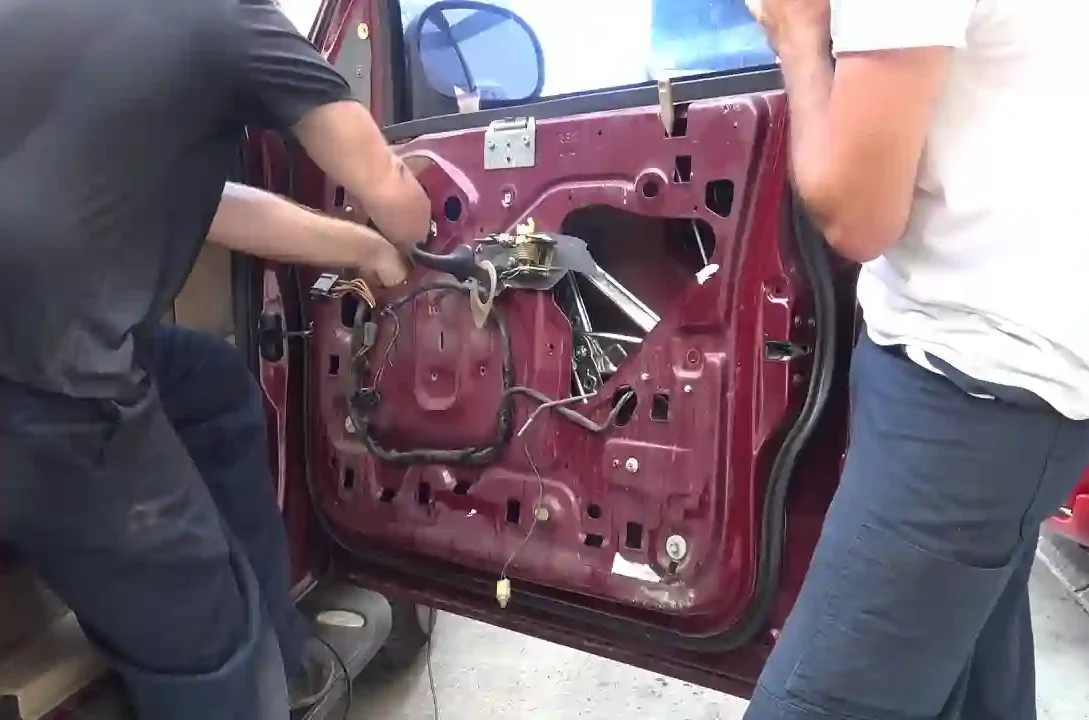When it comes to the operation of your vehicle’s power windows, it’s easy to take the convenience for granted. With the press of a button, your windows glide up and down effortlessly, allowing you to regulate ventilation, communicate with others outside the vehicle, and enjoy the fresh air as you drive. Behind this seemingly simple action lies a complex mechanism, including the window motor, that requires proper care and maintenance. In this article, we’ll explore the significance of window motor lubrication and how it contributes to the smooth functionality of your power windows.
The Role of Window Motors
Before delving into the importance of lubrication, let’s understand the role of window motors in your vehicle. Window motors are essential components of modern automobiles, responsible for the automatic operation of power windows. They provide the necessary force to move the window glass up and down smoothly, enhancing convenience, safety, and comfort for drivers and passengers alike.
Why Window Motor Lubrication Matters
Window motor lubrication is a critical aspect of maintaining your power windows and ensuring their reliable performance. Here’s why it matters:
- Friction Reduction: Lubrication minimizes friction between the moving parts of the window motor. This reduction in friction allows for smoother and more efficient window operation.
- Wear Prevention: Over time, the constant movement of the window motor’s components can lead to wear and tear. Lubrication acts as a protective barrier, preventing excessive wear and extending the motor’s lifespan.
- Temperature Regulation: Lubricants help dissipate heat generated during the motor’s operation. This temperature regulation prevents overheating, which can cause damage to the motor and its components.
- Reduced Noise: Properly lubricated window motors operate quietly, without the grinding, clicking, or screeching sounds that can occur when parts rub against each other without lubrication.
- Enhanced Efficiency: Well-lubricated window motors work more efficiently, requiring less power to move the window glass. This efficiency can lead to improved fuel economy in your vehicle.
- Prevention of Corrosion: Lubrication helps protect the motor’s internal components from corrosion, especially in areas with high humidity or exposure to moisture.
When and How to Lubricate Window Motors
Knowing when and how to lubricate your window motors is essential for maintaining smooth functionality. Here are some guidelines:
When to Lubricate:
- Regular Maintenance: Include window motor lubrication as part of your vehicle’s regular maintenance routine. Aim to lubricate the motors at least once a year or as recommended by your vehicle’s manufacturer.
- Signs of Trouble: If you notice any signs of a malfunctioning window motor, such as slow or jerky movement, unusual noises, or stalls, it’s a good idea to check the motor’s lubrication.
How to Lubricate:
- Gather Supplies: You’ll need a few supplies to lubricate your window motors, including a silicone-based lubricant specifically designed for automotive use, a small brush or applicator, gloves, and safety glasses.
- Prepare the Area: Ensure that the area around the window motor is clean and free from dust or debris. If necessary, use a soft cloth or compressed air to remove any contaminants.
- Safety First: Put on your safety glasses and gloves to protect your eyes and hands during the lubrication process.
- Access the Motor: Depending on your vehicle’s make and model, gaining access to the window motor may require removing the interior door panel. Consult your vehicle’s service manual for specific instructions on accessing the motor.
- Apply Lubricant: Using the small brush or applicator, apply the silicone-based lubricant to the moving parts of the window motor. Focus on areas where friction occurs, such as gears, shafts, and hinges.
- Use Caution: Be careful not to over-lubricate. Applying too much lubricant can attract dust and debris, leading to potential issues down the road. A thin, even layer is sufficient.
- Operate the Window: After lubricating the motor, operate the window several times to ensure the lubricant is evenly distributed and the window moves smoothly.
- Reassemble and Clean: If you had to remove the interior door panel, reassemble it carefully. Clean any excess lubricant from the motor and surrounding areas.
Additional Tips:
- Use a silicone-based lubricant specifically formulated for automotive applications, as it is designed to withstand temperature fluctuations and resist moisture.
- Avoid using grease or oil-based lubricants, as they can attract dirt and become less effective over time.
- If you encounter any difficulties or if your window motor continues to malfunction despite lubrication, consult a professional mechanic for a thorough inspection and potential motor replacement.
Conclusion
Proper window motor lubrication is essential for ensuring the smooth functionality of your vehicle’s power windows. By reducing friction, preventing wear, regulating temperature, and enhancing efficiency, lubrication plays a crucial role in the performance and longevity of window motors. Incorporate regular window motor lubrication into your vehicle maintenance routine, and pay attention to any signs of trouble to address issues promptly. With the right care, your power windows will continue to provide the convenience, safety, and comfort you rely on every day.




